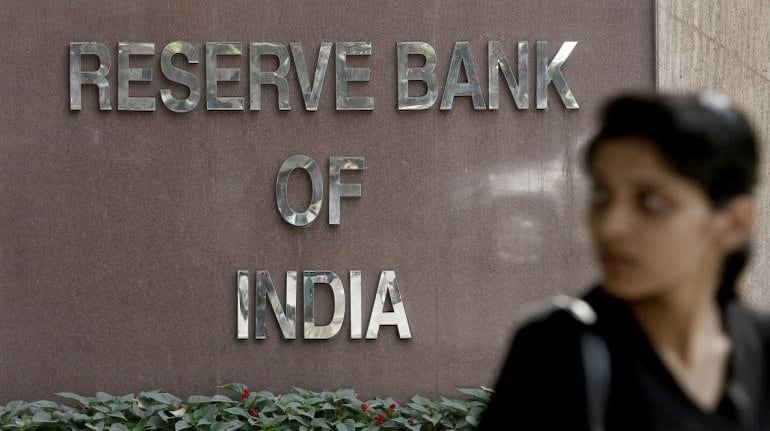



The Reserve Bank of India (RBI)’s latest financial stability report (FSR) has warned of a big spike in the bad loan levels of Indian banks this year. The report, a key document on the macroeconomy, suggested Indian banks’ gross non-performing assets (GNPAs) could grow to 13.5 percent of the total loans by September 2021 in a base case scenario and 14.8 percent in a worst-case scenario.
The gross NPAs of banks stood at 7.5 percent in September 2020. This means NPA levels will nearly double even going by the base case scenario.
How worrying is this forecast for investors? There are a few points to consider:One, this forecast itself isn’t a new piece of information. In the last FSR report as well (July 2020), the RBI had projected the NPA levels almost on the same lines. It had then said the GNPAs could rise to 14.7 percent of the total loans by March 2021 in a worse scenario and 12.5 percent in a base case scenario. Hence, the latest estimates are more or less the same as the previous one. And, markets have already priced this in.
Second, compared with the initial phase of Covid-19, there is a gradual pickup in overall economic activities. Most banks have indicated a lower number of loan recast requests from corporate borrowers signalling the overall stress in the sector may not be as big as initially feared. Loan growth has begun to pick up and NPA levels remain on the expected lines. If the economic recovery gains momentum, more number of borrowers may be in a position to pay back money to lenders.
Third, banks have made significant provisions on their NPA books already. This gives investors major comfort with respect to the banking system preparedness to fight NPAs. Even with respect to Covid-19, banks have made aggressive provisioning over the last three quarters.
Thus, one possibility is that RBI’s caution on NPA situation may be a bit of a stretch.
But, the bigger question is what should be done to deal with the existing stock of bad loans? The six-month moratorium and one-time loan recast have given a temporary breathing space for banks to plan their next move but these aren’t permanent solutions. There should be a systematic approach to resolve the NPA book.
For one, a bad bank may be a good idea and its time may have come for effective resolution of stressed assets. A bad bank, an old idea, refers to a separate entity where all the bad assets of the banking industry can be bundled into. This separate entity, managed by asset reconstruction professionals, can then initiate efforts for asset resolution. However, a bad bank can be a reality only if the government takes the lead and provides the initial capital. If this happens, this will free up banks from the existing stock of bad loans and give them space to focus on fresh business.
Also, the government will have to urgently recapitalise weak public sector banks which carry high bad loans on their books. These banks may not be in a position to raise money on their own unlike the bigger ones (SBI, PNB, BoB) and may require handholding from the government. The budget will be keenly watched in this context.
It is also critical that the RBI is given a free hand to do its job. Interventions from judiciary and government on stressed asset resolution has done much damage to the banking sector in the past. The regulator is the best judge of what is good for the banking system.
But, beyond resolution, what is even more important is that the government will have to continue to pump in money to stimulate demand in the economy.
If economic recovery happens sooner than expected, banks will be able to recover pending dues from big borrowers and kick-start the credit cycle. Banks mirror the health of the economy and as one of the former RBI deputy governors famously said, banks cannot outperform the economy.
Discover the latest Business News, Sensex, and Nifty updates. Obtain Personal Finance insights, tax queries, and expert opinions on Moneycontrol or download the Moneycontrol App to stay updated!
Find the best of Al News in one place, specially curated for you every weekend.
Stay on top of the latest tech trends and biggest startup news.